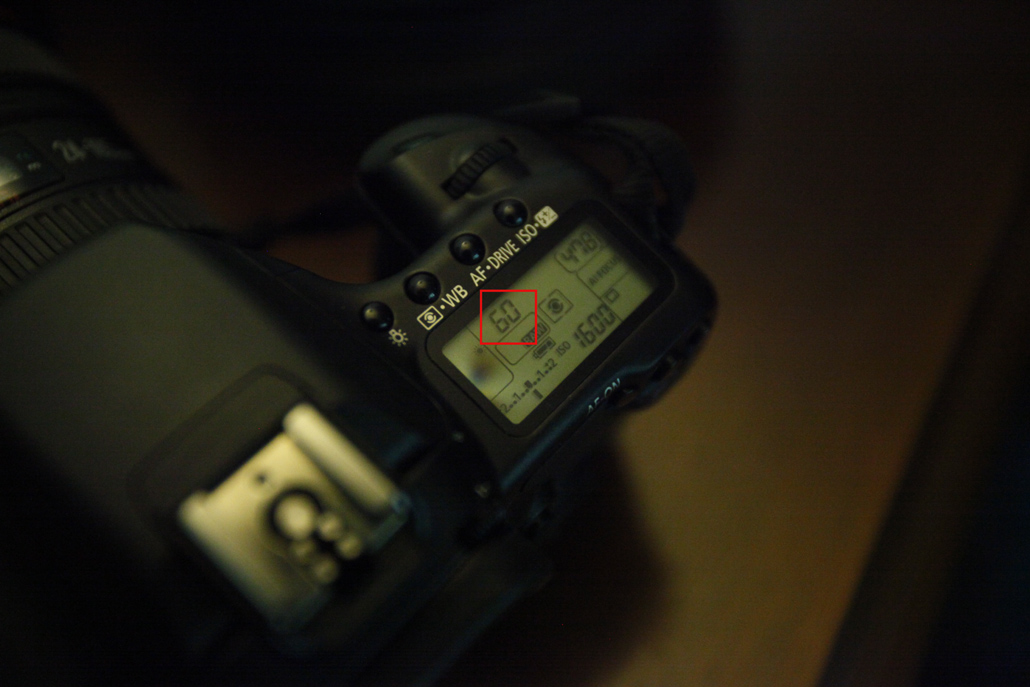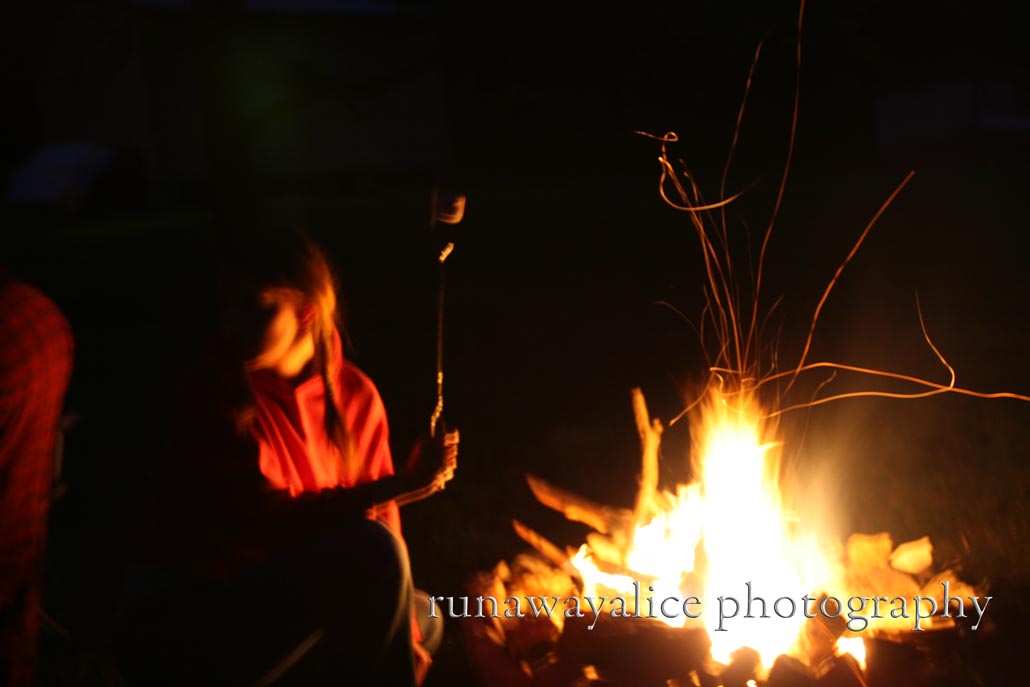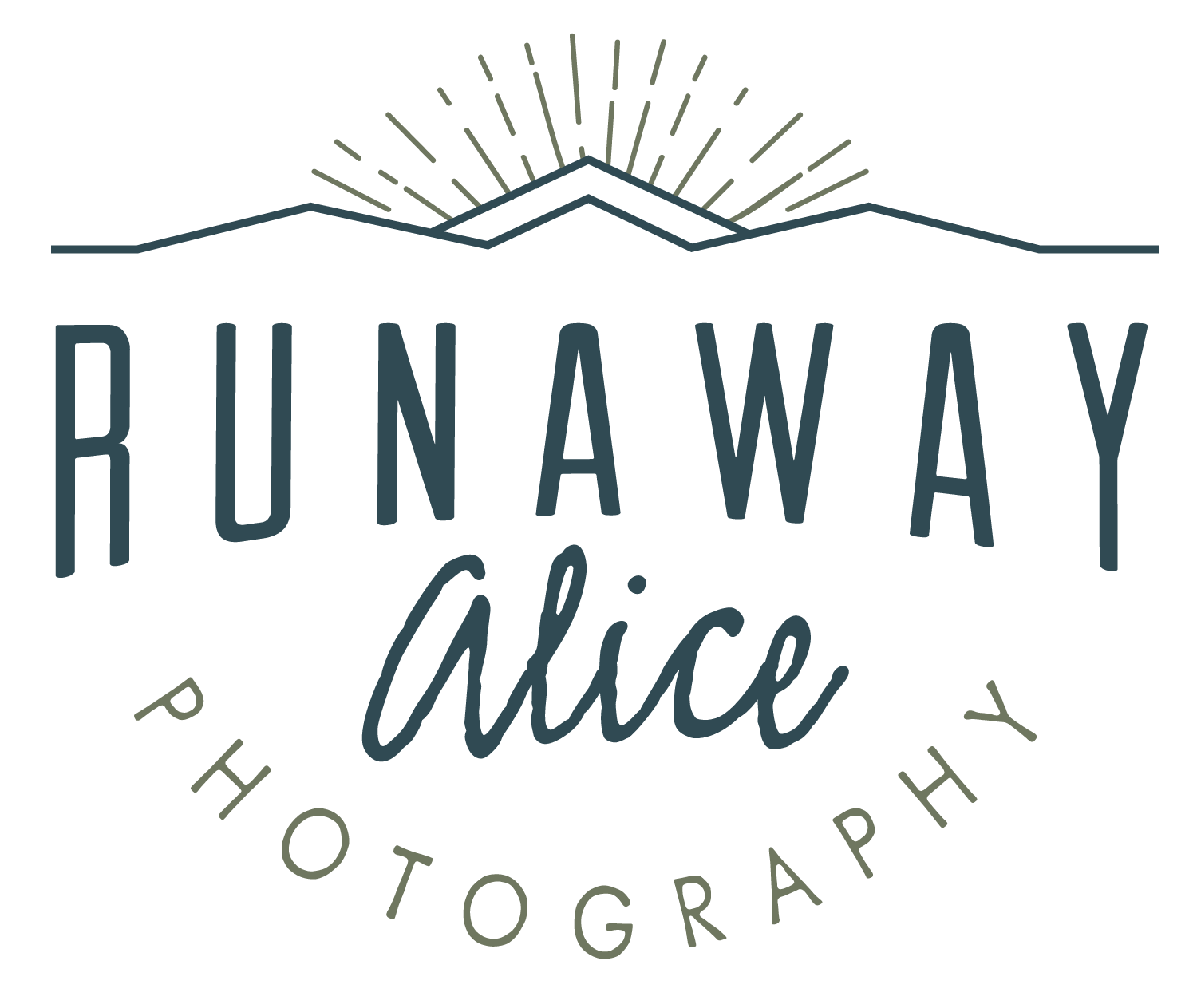 We touched on Shutter Speed a little bit in Camera Basics 101, but today we're going to talk about shutter speed and motion.
Specifically we are going to talk about Stop Motion versus Motion Blur. Again, a lot of photography elements are based on your preferences. I personally lean more in favor of stop motion. I like the look of it, probably from my days working for the sports beat for the newspaper. BUT, there are times where I really enjoy motion blur. For example, low lit artsy pictures, anytime you're dealing with some fun light, or lights that are moving. Here are a few examples of what I'm talking about and how to achieve these lovely pictures.
We touched on Shutter Speed a little bit in Camera Basics 101, but today we're going to talk about shutter speed and motion.
Specifically we are going to talk about Stop Motion versus Motion Blur. Again, a lot of photography elements are based on your preferences. I personally lean more in favor of stop motion. I like the look of it, probably from my days working for the sports beat for the newspaper. BUT, there are times where I really enjoy motion blur. For example, low lit artsy pictures, anytime you're dealing with some fun light, or lights that are moving. Here are a few examples of what I'm talking about and how to achieve these lovely pictures.
Stop Motion
 The idea here is that you are "stopping" or freezing something right at the peak of it's motion. It can cause some really fun pictures. Since this is a self portrait and I'm using a wireless remote for my shutter, you can see it gets a little motion around the edges, and a tad out of focus.
The idea here is that you are "stopping" or freezing something right at the peak of it's motion. It can cause some really fun pictures. Since this is a self portrait and I'm using a wireless remote for my shutter, you can see it gets a little motion around the edges, and a tad out of focus.
 Here's a little bit better example, and one I have used before. By having a faster shutter speed (ie higher numbers) you will be able to stop the action. Now remember to compensate for your lighting in each situation by adjusting your ISO and aperture as necessary depending on your situation.
Here's a little bit better example, and one I have used before. By having a faster shutter speed (ie higher numbers) you will be able to stop the action. Now remember to compensate for your lighting in each situation by adjusting your ISO and aperture as necessary depending on your situation.
Motion Blur
 As I stated in the above paragraph, motion blur isn't usually my thing...to the point where I had trouble finding a good example to show you in my library of photographs. SO, I cheated, this is one that Speed Racer took of me while we were camping. It's a great example of motion blur because the real action that he's blurring is the sparks coming off the fire. They make beautiful spirals that if you had stopped the action you wouldn't see. If you're worried about your other subjects blurring, we're getting some blurring here, be sure to use a tripod. Sometimes it's nice though. I like it in this photograph because I think it helps add to the softness and feeling of a campfire. Have I mentioned I love camping? I do.
As I stated in the above paragraph, motion blur isn't usually my thing...to the point where I had trouble finding a good example to show you in my library of photographs. SO, I cheated, this is one that Speed Racer took of me while we were camping. It's a great example of motion blur because the real action that he's blurring is the sparks coming off the fire. They make beautiful spirals that if you had stopped the action you wouldn't see. If you're worried about your other subjects blurring, we're getting some blurring here, be sure to use a tripod. Sometimes it's nice though. I like it in this photograph because I think it helps add to the softness and feeling of a campfire. Have I mentioned I love camping? I do.
Again, in motion blur situations be sure to adjust your lighting to the situation. Also, it's a good rule of thumb that if your shutter speed is lower than 60, you probably want to use a tripod instead of hand held. There's so much you can do with motion blur. You can set up a tripod and track the stars by leaving the shutter open for hours, you can crank down the shutter speed and let the lights of cars paint your photograph, you can pan with a runner or car and get streaks behind them, and you can even make water look like silk...fo real! Lots and lots of options, so go out there and experiment with stop motion and motion blur!
